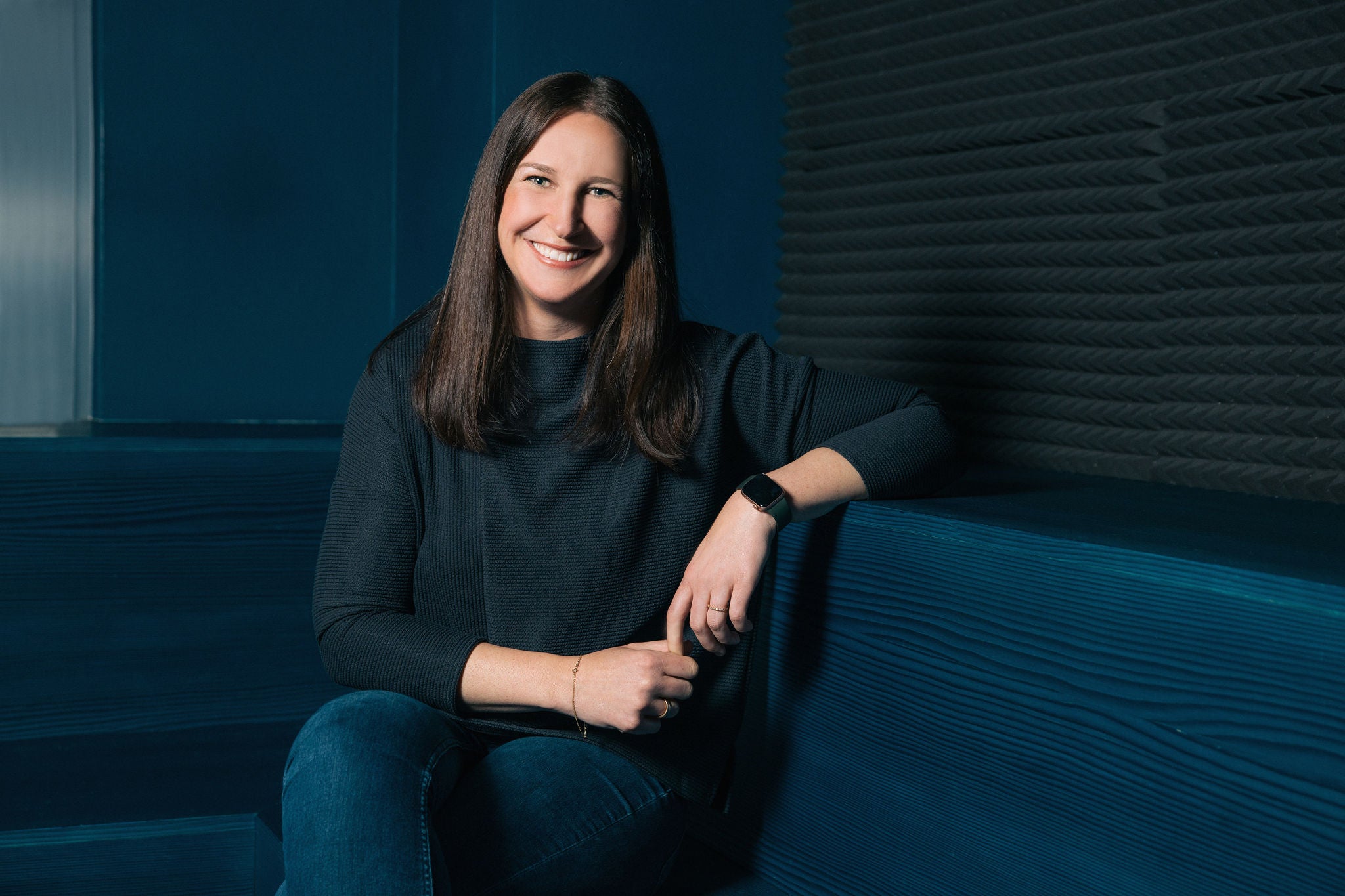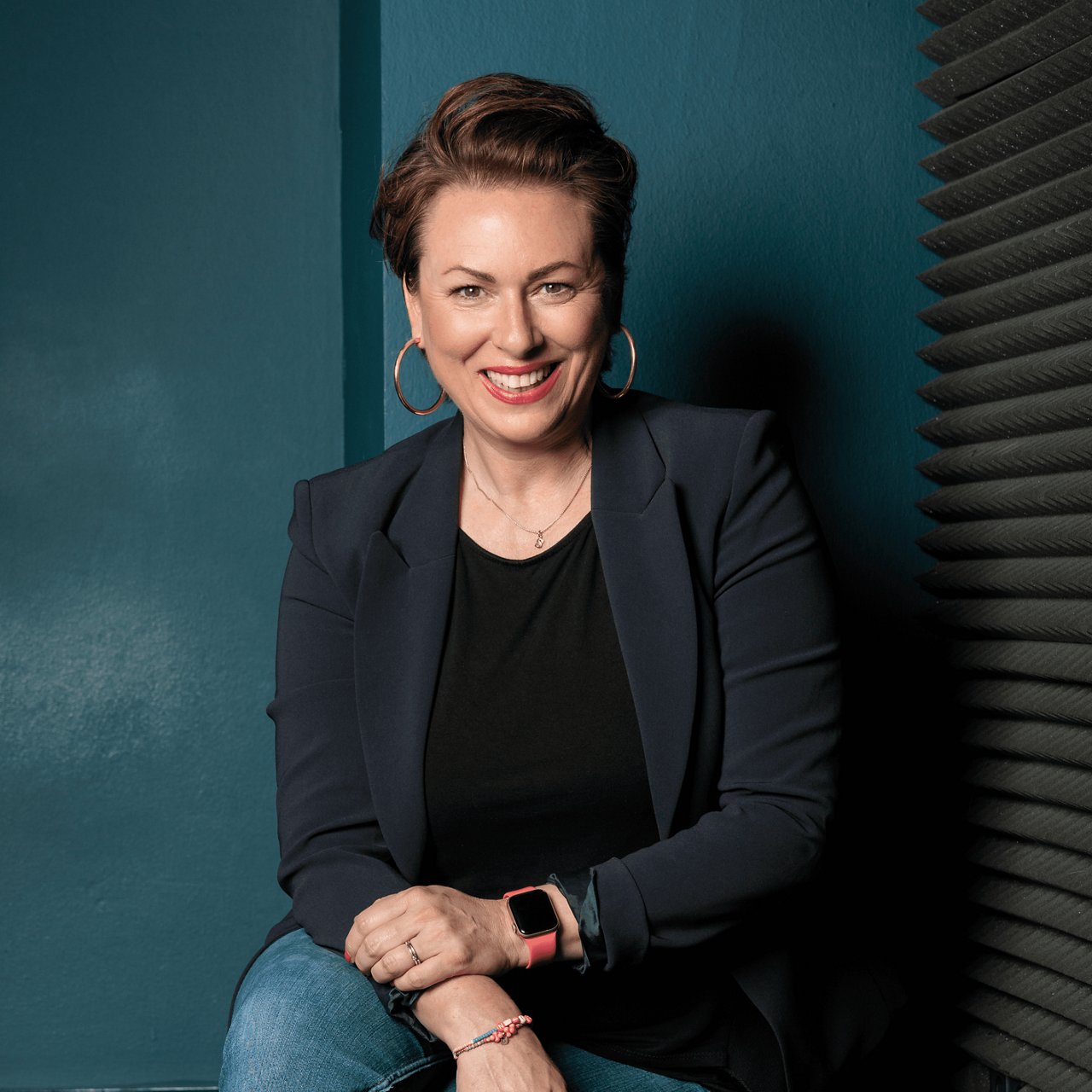Despite all the crises, the luxury goods market is consistantly growing. According to Statista, it will reach a global revenue of around 440 billion euros in 2024. And the forecasts remain positive: in five years, the global market is expected to generate 542 billion euros, driven primarily by young customers. That's why luxury brands should increasingly focus on the digital natives of Millennials and Generation Z. But how can these brands translate their exclusive flagship store experiences into the digital world while also building a strong customer relationship? Hendrik Kramer, Head of Engineering at Plan.Net Group, discusses this with Mario Zillmann from Lünendonk.
LÜNENDONK: Mr. Kramer, let's take a look at the growing market of luxury brands. What demands and expectations do customers in this segment have of a brand?
HENDRIK KRAMER: When you shop in the luxury segment, you don´t just buy a product. You buy a way of life. In addition to high quality, this also includes exclusivity and personal appreciation. Accordingly, people want a luxurious shopping environment with emotionally unforgettable and highly personalized experiences. Individual nuances are extremely important in addressing customers, because, of course, there is not just one type of shopper. So when customers enter a luxury boutique, they want to feel immediately understood and comfortable. This is achieved through customer-oriented staff, tailored advice, exquisite design and furnishings.
Younger customers also expect all the emotional factors they experience in the luxury brand store to be consistently reflected in their digital universe – along the entire customer journey, in other words, before and after the purchase.
LÜNENDONK: You are responsible for MarTech, Big Data, E-Commerce and AI solutions at Plan.Net Group. How do luxury brands manage to transfer these emotional experience factors into the digital world?
HENDRIK KRAMER: A good comparison is Michelin-starred gastronomy. The individual ingredients can also be found in other restaurants. But it's the perfect composition that makes the meal a unique experience in Michelin-starred cuisine, setting it apart. The same applies to brands that want to bring their exclusive luxury experience into the digital realm. They must use and combine their technological capabilities and components - such as their online stores or loyalty programs - with excellence and the highest level of sophistication so that they can offer luxury customers with their high expectations a unique, tailored and highly valuable digital experience in the right place and at the right time.
LÜNENDONK: What would be good practical examples of this?
HENDRIK KRAMER: This is already working well with the VVIP (Very Very Important Person) programs from Chanel and Gucci, which are aimed at top customers and offer exclusive benefits, personalized shopping experiences, and early access to new collections. Gucci has also created the “Gucci Garden” – a comprehensive spatial experience tailored to younger customers in particular, allowing them to explore and shop the collections in a virtual environment. Exclusivity and personal care, extended into the digital world and supported by AI, ensure that the brand's demanding customer base remains loyal.
LÜNENDONK: Exceptional digital experiences and loyalty programs are therefore crucial in the luxury segment.
HENDRIK KRA MER: Yes, absolutely. This is because luxury brands depend on long-term customer relationships, brand loyalty and customer recommendations. Loyalty plays a special role. It is more important today than ever – due to constantly changing consumer behavior and the growing digital trade. In addition, Generation Z in particular is not necessarily loyal to brands. Besides, the market is flooded with offers. In this dynamic environ- ment, loyalty must become the decisive strategy for differentiating oneself and retaining high-value customers.
LÜNENDONK: That makes sense. Please give us a specific example of a successful customer loyalty program.
HENDRIK KRAMER: I'd be happy to. The AMG Drivers Club, for example, creates a unique community for Mercedes-AMG owners. It offers its members access to exclusive driving events, race track days and behind-the-scenes glimpses of the AMG factories. It also meets the desires of AMG sports car drivers and their lifestyle, which includes adventure, excitement and exclusivity. This strengthens product and brand loyalty and creates customers who remain loyal to the brand and recommend it to others.
LÜNENDONK: And how can loyalty be achieved in the digital cosmos of luxury brands?
HENDRIK KRAMER: For example, through adequate, personalized recommendations of suitable products during the digital purchasing process. In addition, customers feel exclusive when special products, events and other experiences are available just for them in the digital cosmos. A good digital loyalty strategy also includes scarcity.
Technology is always the basis. It keeps customer loyalty programs relevant, for example, by using data analysis and AI to provide highly personalized experiences. For me, relevance means communicating less, but in a more targeted way. By analyzing customer behavior, preferences, and purchase history, luxury brands can tailor rewards, offers, and even com- munication to each individual, making every interaction meaningful. With the right amount of personalization, gamification and engagement, customer loyalty programs not only stay fresh and attractive, but also deepen the emotional bond between the brand and its customers.
Digital platforms are an effective way to manage loyalty programs. Data quality and governance are important aspects here. But be careful: incorrect, outdated or irrelevant informa- tion can quickly put off potential customers and cause them to churn.
LÜNENDONK: Can you give us a specific example of what AI can still do in the luxury segment?
HENDRIK KRAMER: At the beginning of his career, Louis Vuitton would write hand- written note to customers advising them which travel bags they should take with them on a transatlantic trip to New York, for example. Today, this very personal advice must be provided by intelligently combined technologies such as big data and AI, so that the recommendations appear as authentic as Louis Vuitton's notes. That's why luxury brands should employ an AI that analyzes data in real time to understand what their consumers are feeling and thinking, planning and desiring at any given moment. This is the only way they can deliver sophisticated, ultra-personalized, digital wow experiences at the right time.
LÜNENDONK: Does this also mean that luxury brands need to rethink the digital experience?
HENDRIK KRAMER: Absolutely. Because at its core, it's about constantly creating wow moments with added value that stand out from the usual experience. For example, a luxury watch brand can impressively visualize the complexity and high quality of its handmade, one-of-a-kind pieces using animations, 3D flights, or an animated exploded view. Immersive experiences, which are currently aimed more at digital natives, bring the essence of luxury – its storytelling, exclusivity or craftsmanship – to life like no other medium, creating an extraordinary and personal relationship between brand and customer. This ensures a deep bond.
LÜNENDONK: What additional technologies are necessary for luxury brands to streng- then the digital experience?
HENDRIK KRAMER: For me, headless CMS are crucial for effective digital experiences in the luxury segment. This is because this technology separates content management from front-end design. This enables luxury brands to provide their content consistently, flexibly adaptable and reusable across different channels. This allows them to quickly and efficiently publish highly personalized and engaging content on various platforms such as websites, mobile apps, social media and digital signage without being constrained by rigid traditional CMS structures. After all, luxury does not mean navigating through product categories and filters in an online store and through an unmanageable range of offers, but rather making more targeted offers based on predictions that assist customers in their search. This is where headless CMS solutions for luxury brands have clear advantages, precisely because they can supply in-store, email, app and e-commerce with the same content.
LÜNENDONK: What should luxury brand managers be aware of to ensure that they deliver a successful digital experience for their customers?
HENDRIK KRAMER: In a world where digitalization and technological progress are advancing relentlessly, luxury brands in particular are under enormous pressure to differentiate themselves from other brands through new technological possibilities. That's why they need to continuously invest in innovative technologies to refine their digital offerings and provide a shopping experience that is as luxurious and exclusive as their products. This involves managing highly complex large-scale IT projects. Once the optimal infrastructure is in place, they should make sure to maximize the use of their systems, such as headless CMS or AI, and to use them in perfect harmony. This requires in-depth technological know-how. If this inhouse expertise is lacking, luxury brands should urgently seek support. After all, when it comes to demanding customers, there is no room for mistakes. They will not forgive you.
LÜNENDONK: Thank you very much for the conversation and the exciting insights.
First published in the Lünendonk study on the Market for Digital Experience Services in Germany.
The complete Lünendonk study on the market for Digital Experience Services in Germany is available here.










